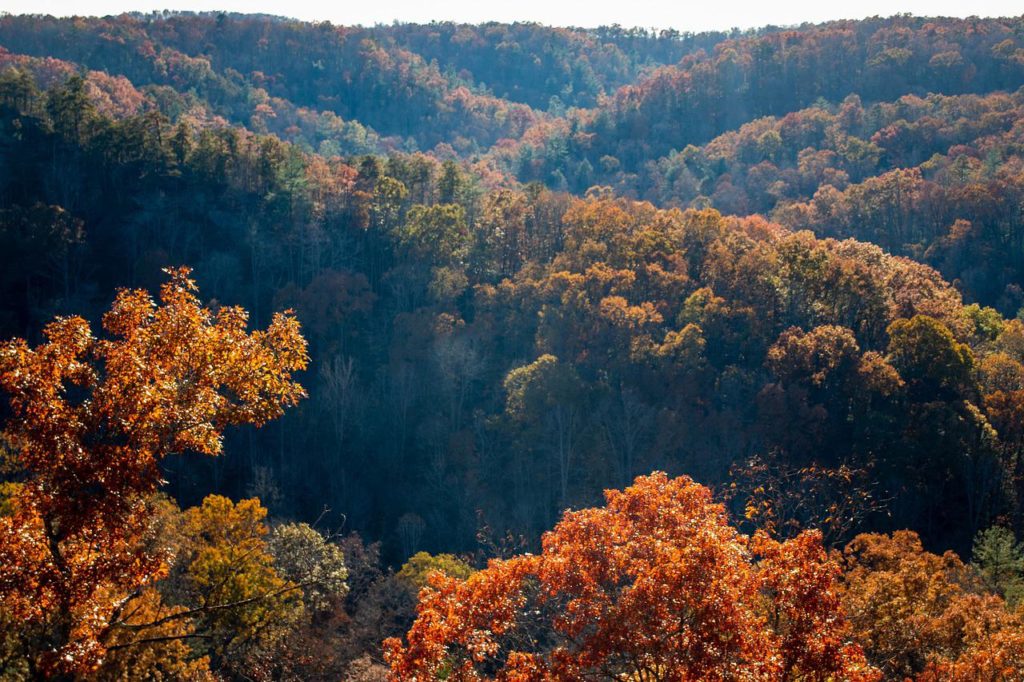
Article Summary: National Parks Near Greensboro
National Parks near Greensboro. There’s so much more to the Tar Heel State than its college basketball. In this article, More Than Just Parks takes you to four incredible places that are within a day’s drive of Greensboro.
I’ve been to so many of these amazing places since retiring from teaching in 2018. Did I mention that I taught history? I spent a lifetime teaching about the history behind these momentous sites. Then I got to see them firsthand. And now I’m sharing the stories of these incredible places with you. It doesn’t get any better than that!
Long ago, the city of Greensboro was known as a textile town, saturated with mills, factories and blue-collar workers. But today, the city is better known as “Tournament Town” for its wealth of athletic venues – courts, fields, stadiums and even pools.
It’s also home to some fabulous national parks that are a day’s drive (or less) from the city.

So, What Is A National Park?
We get asked that question a lot because there’s a difference between a “national park” and a “national park site.” To help you understand that difference you might want to check out our article titled: What Is A National Park Really?
If you’re planning a trip to the Greensboro area then one book that I highly recommend is: The Great Book of North Carolina: The Crazy History of North Carolina with Amazing Random Facts & Trivia by Bill O’Neill.
Now let’s go ahead with 4 reasons why you’ll want to hop in your car and make a day’s drive from Greensboro to one of these truly amazing places.
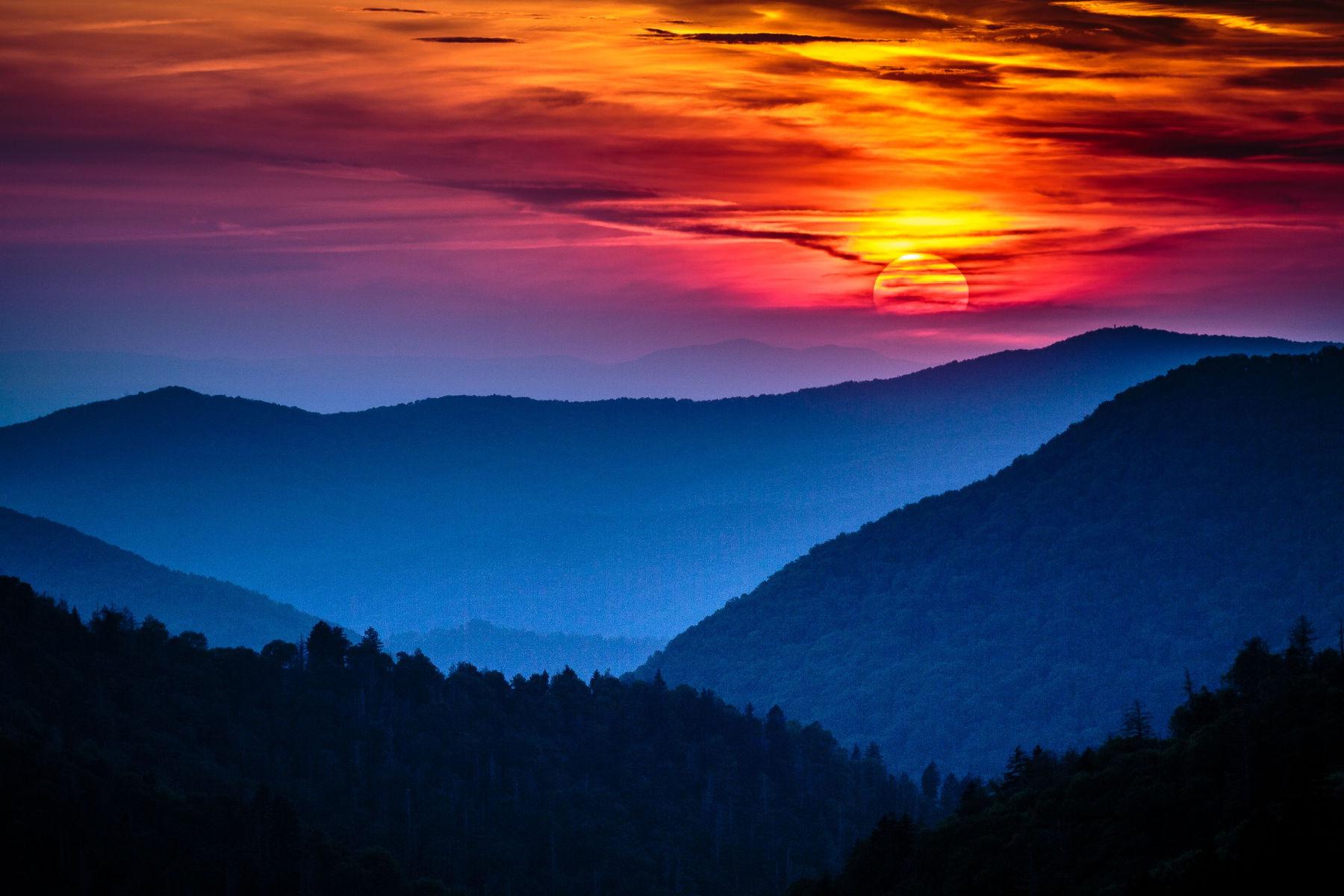
Table Of Contents: National Parks Near Greensboro
Best National Parks Near Greensboro
1. Fort Raleigh National Historic Site
Distance From Greensboro: Four hours & 17 minutes via I-40 E & US-64 E.
Fort Raleigh National Historic Site is located on Roanoke Island in North Carolina and is named after Sir Walter Raleigh, the English explorer who funded several expeditions to the New World in the late 16th and early 17th centuries.
In 1584, Raleigh sent an expedition to Roanoke Island led by explorer and artist John White, who established a colony there. This colony, known as the “Lost Colony,” disappeared under mysterious circumstances, with the fate of its settlers unknown.
In the late 19th and early 20th centuries, a group of citizens from North Carolina established the Roanoke Island Historical Association to preserve the history of the Lost Colony and the island’s role in American history. In 1941, the Association donated lands on Roanoke Island to the National Park Service, and Fort Raleigh National Historic Site was established.
The site includes the location where the Lost Colony was established, as well as the location of the first English settlement in the New World, and a number of historic structures and monuments. Fort Raleigh National Historic Site continues to commemorate the history of the Lost Colony and the role of Roanoke Island in American history, and serves as a hub for historical research, interpretation, and education.
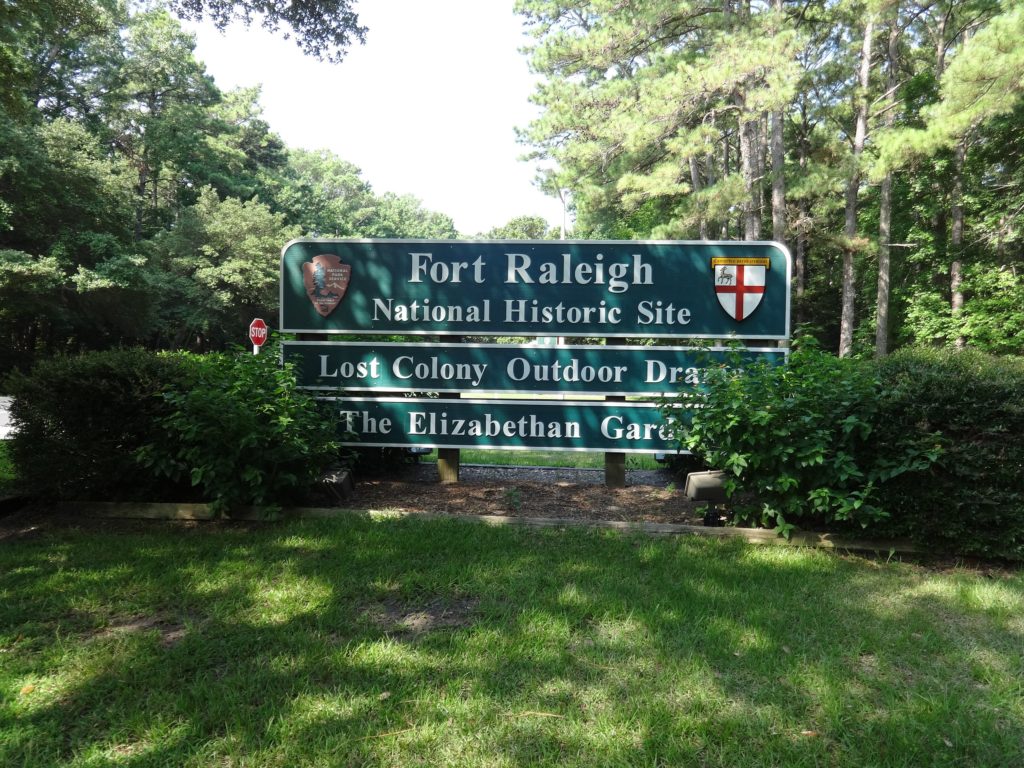
Things To See & Do At Fort Raleigh
At Fort Raleigh, you can learn the story of England’s first New World settlements from 1584 to 1590. You’ll take a journey back to the Roanoke of the 1500s. Roanoke Island became known to the English on an exploratory voyage in 1584.
Shrouded in mystery and suspense, the establishment of a military colony in 1585 and a settlement colony in 1587 would become famous as the “Lost Colony of Roanoke.” Roanoke was an attempt by Sir Walter Raleigh to found the first permanent English settlement in North America.
Following the failure of this settlement, a second colony arrived in 1587. It landed on the same island and became known as the Lost Colony due to the subsequent unexplained disappearance of its population.
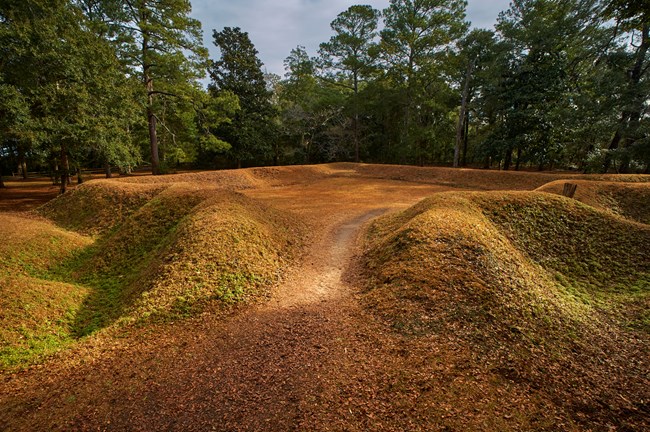
Hike The Freedom Or Thomas Hariot Trail At Fort Raleigh
If you want to get your history and your exercise there are some excellent hiking opportunities at Fort Raleigh. There’s the Freedom Trail which takes hikers through a maritime forest. It’s a 1.25-mile trail that ends with views of the Croatan Sound on the western edge of the park.
There’s also the Thomas Hariot Trail. It’s a 0.3-mile loop through the island’s maritime forest to the sandy shores of Albemarle Sound. Along the way hikers will see interpretive signs describing the forest habitat, the Algonquian methods for gathering food.
There’s also a reconstructed earthwork which includes copper nuggets, charcoal, antimony ore and furnace bricks. These could be the workshop site of Joachim Gans, a metal expert on the 1585 expedition.
And there’s the First Light of Freedom Monument. It commemorates the Roanoke Island Freedman’s Colony that was set up during the American Civil War. The colony provided a safe haven and education for the formerly enslaved to help prepare them for a new life.
2. Great Smoky Mountains National Park
Distance From Greensboro: Three hours & 24 minutes via I-40 W.
The Great Smoky Mountains National Park is the is the most visited national park in the country and a true monument to the beauty of the Appalachians. Established in the depths of the Great Depression by generous local communities, wealthy philanthropists like John D. Rockefeller Jr., and the U.S. government, this pristine area was spared from further logging and development and is now a premiere outdoor destination belonging to all Americans.
Nestled in the misty mountains of Tennessee and North Carolina, Great Smoky Mountains is easily one of the most beautiful national parks on the planet. If you don’t believe me, visit in the fall and you’ll see exactly what I’m talking about – more on that later!
If you’re wondering how crowded the park is considering it’s the most visited national park in the country – you might be surprised by the answer. While it certainly depends on where you go in the park and what time of year you visit, Great Smoky Mountains doesn’t see anywhere near the crowding that parks like Zion or Yosemite do these days.
To find out when, where, and why to go in this Appalachian wonderland – read on!
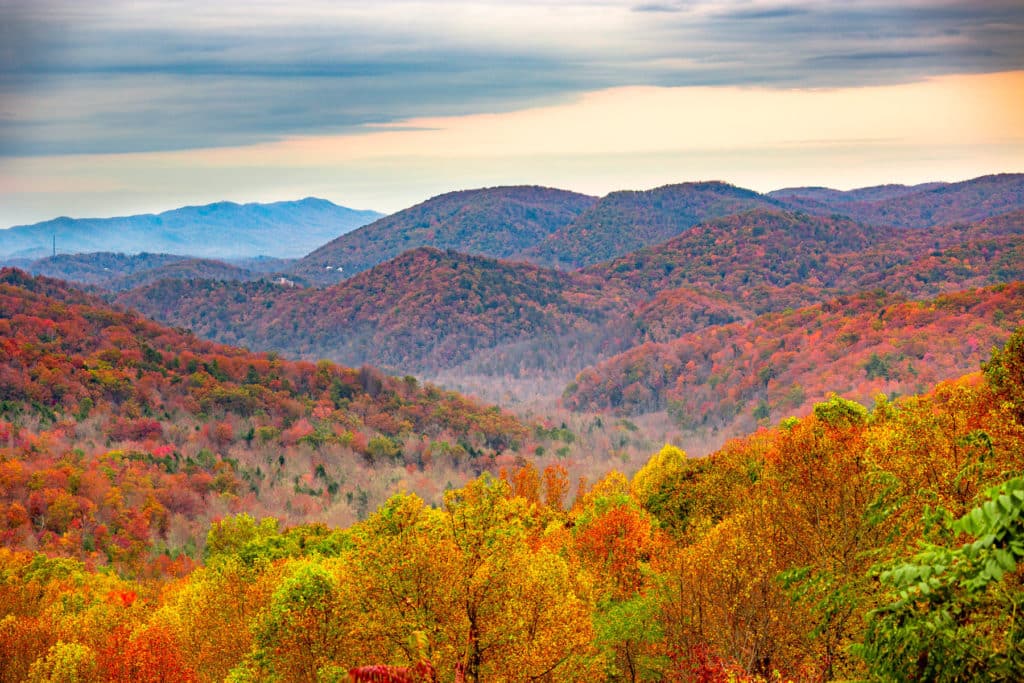
About The Pattiz Brothers Travels to Great Smoky Mountains National Park
The Pattiz Brothers (who happen to be the guys that I work for) first traveled to the Smokies with a friend back in 2015 to capture the park during peak fall color. Fall peaked late that year and they ended up going towards the end of October and staying into November.
The nights were cold and the morning frost was a bit unfriendly after a night spent in a tent, but the views and the memories are some they’ll keep forever.
The fall color here was absolutely spectacular, some of the best they’ve ever seen. Wildlife can be seen in nearly every corner of the park, from river otters to elk to black bears, the Smokies really does have it all.
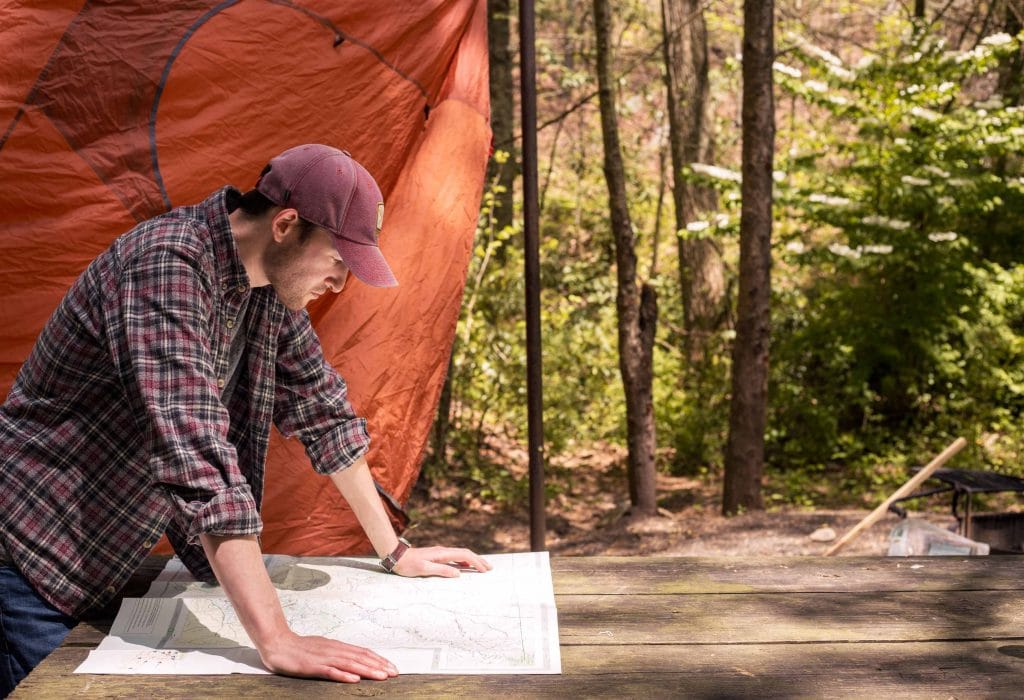
About Great Smoky Mountains
Nestled in the heart of the Southern Appalachian Mountains is a place where time seems to have stood still. Here are the last remains of the ancient forests that once dominated the Eastern United States.
In the words of President Franklin Roosevelt, “there are trees here that stood before our forefathers ever came to this continent; there are brooks that still run as clear as on the day the first pioneer cupped his hand and drank from them.”
These misty mountains are home to America’s most visited national park, a land of vast hardwood forests, clear mountain streams, frontier cabins, and iconic wildlife. This is Great Smoky Mountains National Park.
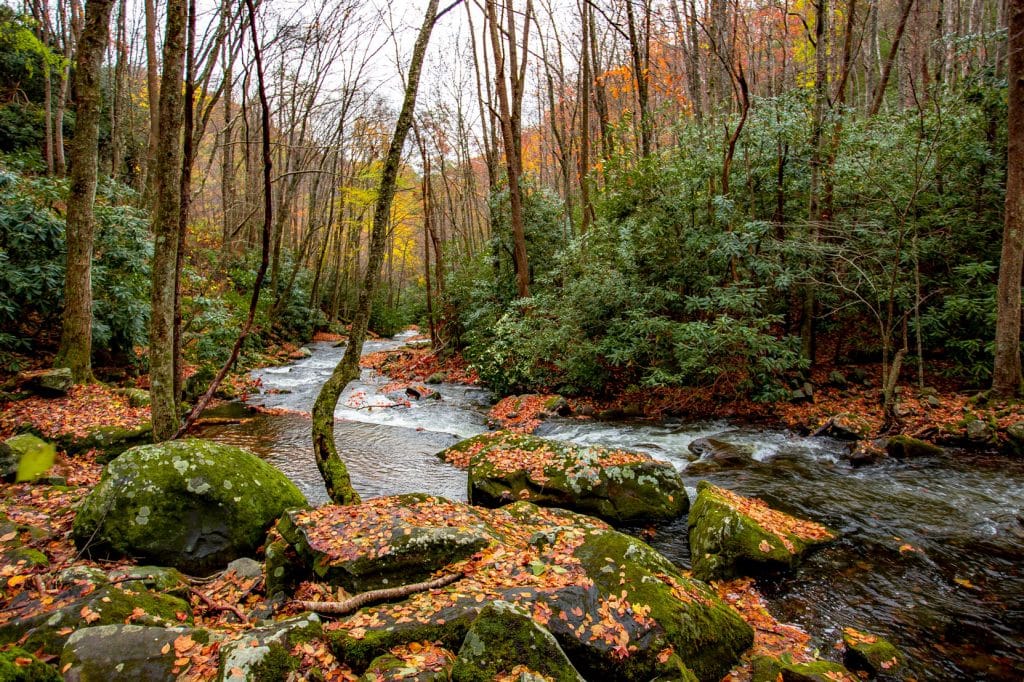
Things to Know Before You Visit
Entrance Fees: There are none!
Getting Around: Great Smoky Mountains is a very accessible park with roads taking visitors through much of the park. Most any vehicle will do throughout the park and prepare for some scenic driving! The park does get very busy in the Summer so be prepared for long lines of cars and so-called bear-jams.
Sunscreen: For many of us visiting national parks in the summer means lots of sun. Seriously, some of these parks can zap you if you don’t wear sunscreen. We happen to like this one because it works AND it’s not full of a bunch of chemicals.
Leave No Trace: We’re big fans of Leave No Trace, here at MTJP. Want to learn more? Read about the seven principals of Leave No Trace here.
Insect Repellent: You hope not to need it, but you want to have it. We typically bring an Eco-Friendly Insect Repellent just in case.
Dogs are not allowed on trails in most national parks due to their potentially disruptive presence with the natural ecosystem. The basic rule is they are allowed where cars can go so be sure to check the rules before bringing along your furry friend.
The History of Great Smoky Mountains National Park
While I would love to tell you a story about Franklin Roosevelt championing the cause of Great Smoky Mountains National Park, which he certainly did, the credit for this park really belongs to the people of western North Carolina and eastern Tennessee who banded together to preserve this spectacular slice of Appalachia.
Oh, and one extremely generous man with a famous name and a penchant for conservation.

CHECK OUT: SPRING IN GREAT SMOKY MOUNTAINS
An Eastern Oasis
The widespread practice of clear-cutting (an extremely destructive type of logging) had decimated much of the eastern United States once-grand forests by the late 1800’s. But in the rugged mountains of western North Carolina and eastern Tennessee there were still largely untouched swaths of forests, rivers, meadows, and creeks.
By the turn of the century locals began to realize the importance of preserving this rare and pristine landscape and started clamoring for the government to do something.
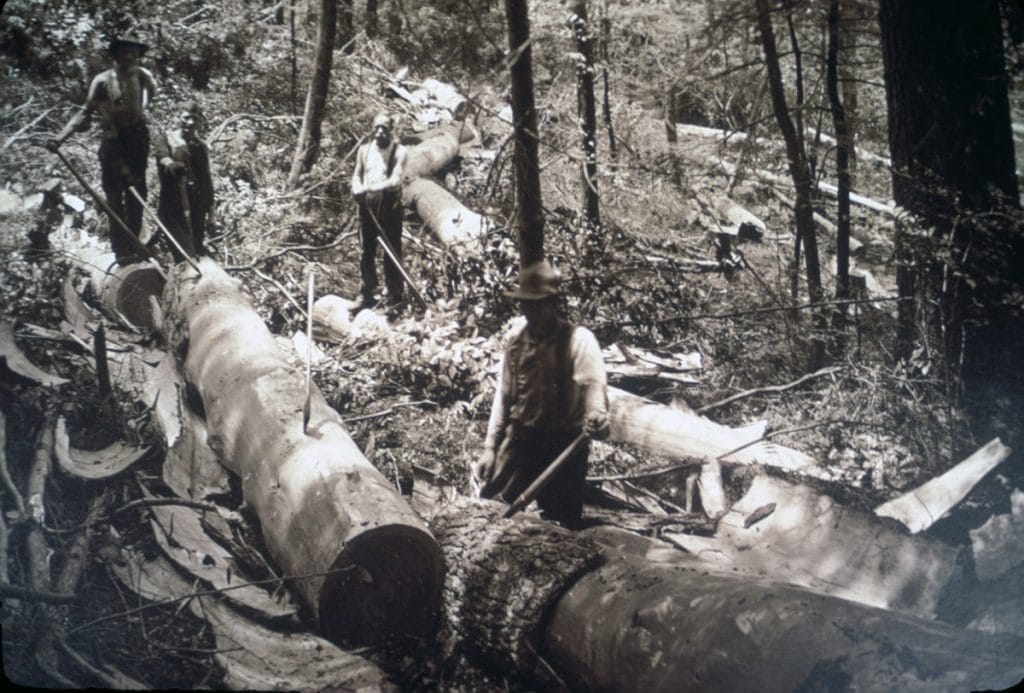
CHECK OUT: THE FIRST GREEN NEW DEAL HAPPENED NEARLY 100 YEARS AGO–WHAT HAPPENED?
A Grassroots Park
By the 1920’s the National Park Service was itching for a national park in the eastern United States but didn’t have any money to do it. Congress went so far as to authorize the creation of a national park in the area in 1926, but didn’t provide any money or mechanism to acquire the lands needed to create the park.
Whoops! So the state legislatures of Tennessee and North Carolina each appropriated $2 million for the acquisition of land to create the park. Civic-minded citizens donated what they could and school kids even donated pennies. By 1928 $5 million had been raised for the park, but it still wasn’t enough to save the area.
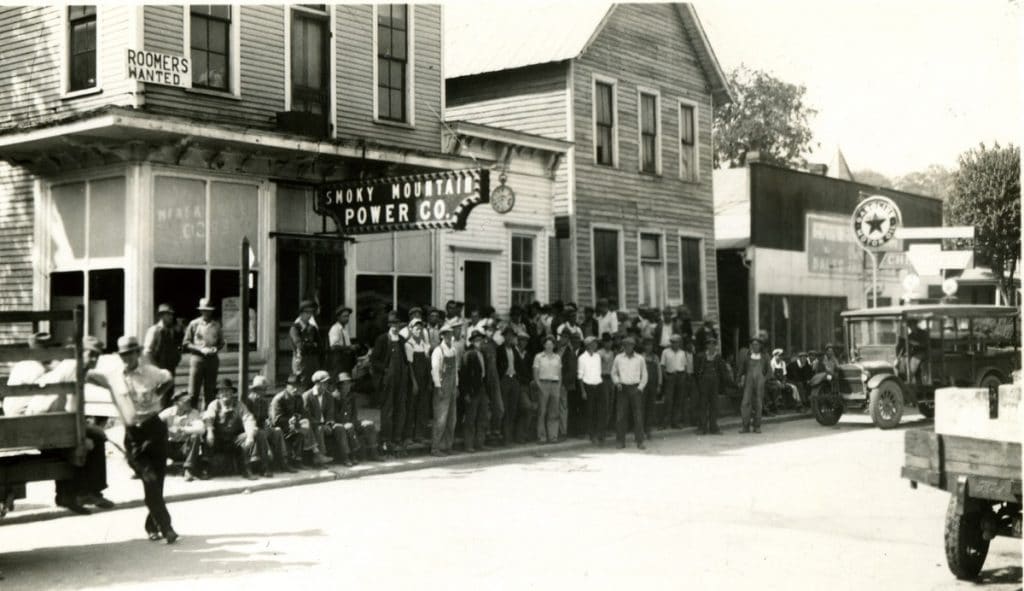
CHECK OUT: 15 AMAZING TENNESSEE NATIONAL PARKS WORTH VISITING
John D. Rockefeller Jr.
Enter John D. Rockefeller Jr., the son of perhaps the richest man in history (Standard Oil magnate John D Rockefeller) and himself a fervent conservationist. Seeing the park’s creation within reach, Rockefeller Jr. swooped into action and promptly donated an additional $5 million, thereby ensuring the purchase of all the land needed for the park.
Rockefeller Jr. went on to donate massive sums of money throughout his life helping to establish numerous national parks like Grand Teton, Yosemite, Shenandoah, and many others.
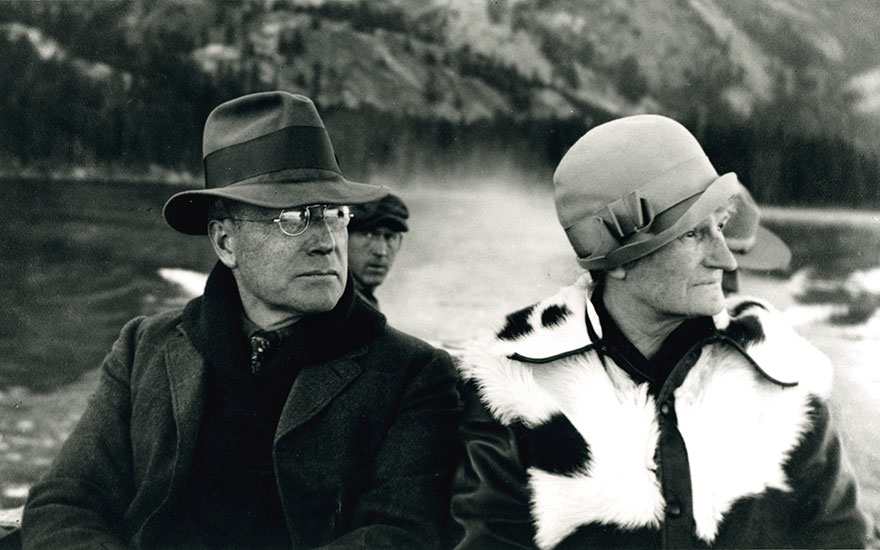
More Than Just Parks Great Smoky Mountains Video
This video is the culmination of two weeks exploring Great Smoky Mountains National Park. More Than Just Parks chose Great Smoky Mountains as our second park because of it’s extraordinary display of fall colors, it’s incredibly diverse wildlife population, and it’s importance as the most visited national park in the country.
This film was shot entirely in 4K UHD.
RELATED: 15 AMAZING Facts About Great Smoky Mountains National Park
More National Parks Near Greensboro
3. Guilford Courthouse National Military Park
Distance From Greensboro: 13 minutes via Battleground Ave.
The Battle of Guilford Courthouse was considered a victory within a defeat. It was on of the pivotal battles of the American Revolutionary War. It took place on March 15, 1781.
The British troops under Lieutenant General Charles Cornwallis (1738-1805) scored a tactical victory at Guilford Courthouse over American forces under Major General Nathanael Greene (1742-86). Nevertheless, the British suffered significant troop losses during the battle.
Afterward, Cornwallis abandoned his campaign for the Carolinas and instead took his army into Virginia, where in October of that year he surrendered to General George Washington (1732-99) following the Battle of Yorktown, the last major land battle of the war.
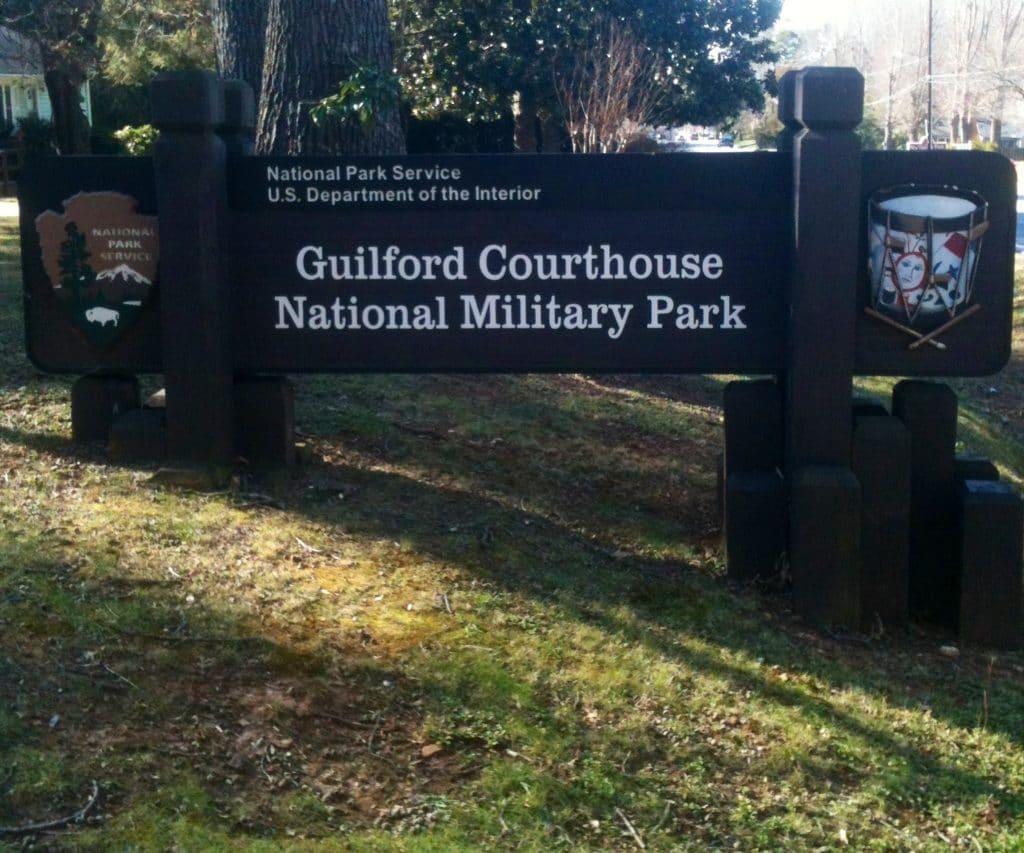
CHECK OUT: 10 BEST REVOLUTIONARY WAR SITES IN AMERICA
Things To Do At Guilford Courthouse
I recommend that you begin your tour at the Visitor Center where you can pick up a map of the battlefield. There are self-guided cell phone walking and driving tours.
You can explore the inner trails of the battlefield and visualize the events of March 15, 1781 as you listen to the Park Ranger’s narration.
The walking tour begins at the Hoskins Farm parking area. The entire walk is 1.75 miles. The tour last approximately 1.5 hours.
While you’re there you can visit the Hoskins Farmstead. It’s a late 18th and early 19th century farmstead, telling the story of Joseph and Hannah Hoskins, two colonists who fled the war during the Northern Campaign and settled in the Carolina backcountry planning for a peaceful life.

CHECK OUT: 25 BUCKET-LIST FAMOUS LANDMARKS IN AMERICA (MUST-SEE)
4. Gullah/Geechee Cultural Heritage Corridor
Distance From Greensboro: Four hours & 33 minutes via I-95 S.
The Gullah/Geechee Cultural Heritage Corridor recognizes and preserves the unique history and culture of the Gullah/Geechee people.
The Corridor encompasses parts of North Carolina, South Carolina, Georgia, and Florida, and is centered on the Sea Islands, where the Gullah/Geechee people have lived for over 250 years.
The Gullah/Geechee people are descendants of West and Central African slaves who were brought to the United States to work on rice, indigo, and cotton plantations. Their isolation on the Sea Islands and their strong cultural traditions have allowed them to maintain many aspects of their African heritage, including language, food, music, crafts, and spiritual practices.
Established To Recognize & Protect A Rich Heritage
The Gullah/Geechee Cultural Heritage Corridor was established in 2006 by the U.S. Congress to recognize and protect the rich cultural heritage of the Gullah/Geechee people.
The Corridor aims to raise awareness about the history and culture of the Gullah/Geechee people and to encourage preservation of their unique heritage through education, research, and community outreach programs.
Visitors to the Corridor can experience the rich culture and history of the Gullah/Geechee people through a variety of activities, such as visiting historic sites, attending cultural festivals and events, and exploring the natural beauty of the Sea Islands. The Corridor also offers opportunities for research and study, with a focus on preserving and promoting the unique heritage of the Gullah/Geechee people.

National Parks Near Greensboro FAQ
Appalachian National Scenic Trail
Blue Ridge Parkway
Cape Hatteras National Seashore
Cape Lookout National Seashore
Carl Sandburg Home National Historic Site
Fort Raleigh National Historic Site
Great Smoky Mountains National Park
Guilford Courthouse National Military Park
Moores Creek National Battlefield
Overmountain Victory National Historic Trail
Trail Of Tears National Historic Trail
Wright Brothers National Memorial
The parks in the city are first class. Greensboro is home to great businesses like Wrangler and Honda Aircraft Company. The city is a higher education hub with many colleges and universities. With more than 13,000 students, North Carolina A&T University is the largest historically black college in the U.S.
Why Trust Us About National Parks Near Greensboro?
We’re Jim Pattiz and Will Pattiz, collectively known as the Pattiz Brothers (and sometimes the Parks Brothers) and we absolutely LOVE the national parks.
You should probably know that we don’t just make this stuff up out of thin air. We’ve spent our entire adult lives exploring and filming America’s national parks and public lands.
We’ve worked with the National Park Service, the Department of Interior, USDA, and the U.S. Forest Service for years creating films on important places and issues. Our work has been featured in leading publications all over the world and even some people outside of our immediate family call us experts on the national parks.
Meet The Parks Brothers
Map Of National Parks Near Greensboro
List Of National Parks Near Greensboro
- Fort Raleigh National Historic Site
- Great Smoky Mountains National Park
- Guilford Courthouse National Military Park
- Gullah/Geechee Cultural Heritage Corridor
We Hope You’ll Follow Our Journey

Our goal here at More Than Just Parks is to share the beauty of America’s national parks and public lands through stunning short films in an effort to get Americans and the world to see the true value in land conservation.
We hope you’ll follow our journey through the parks and help us to keep them the incredible places that they are. If you’re interested in joining the adventure then please sign up below!

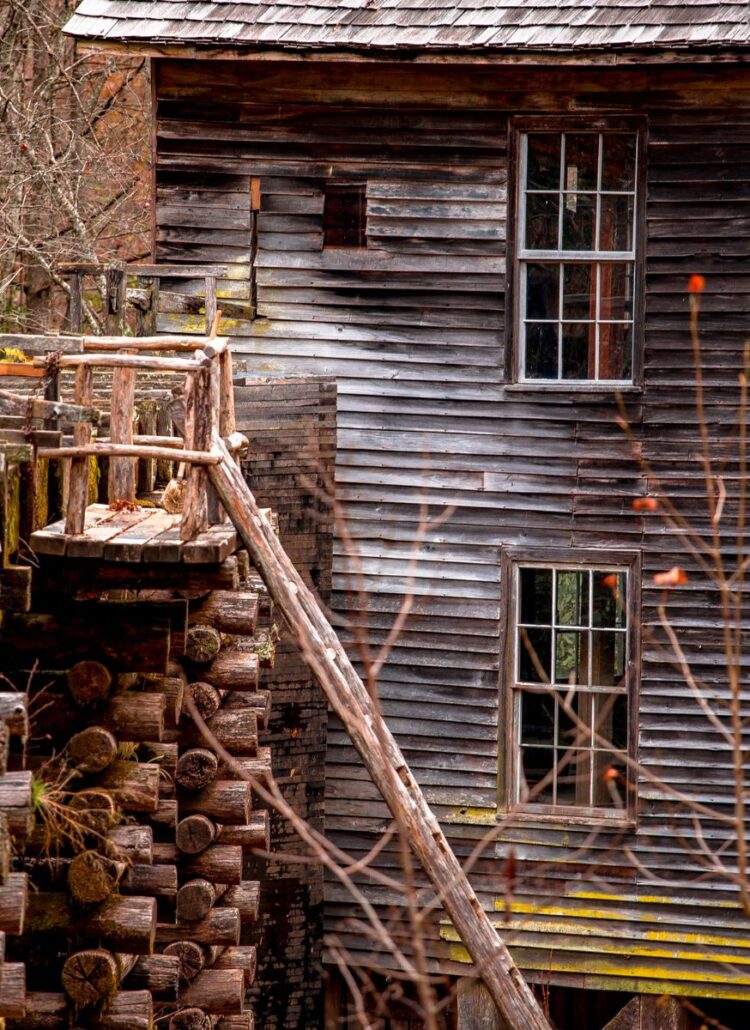
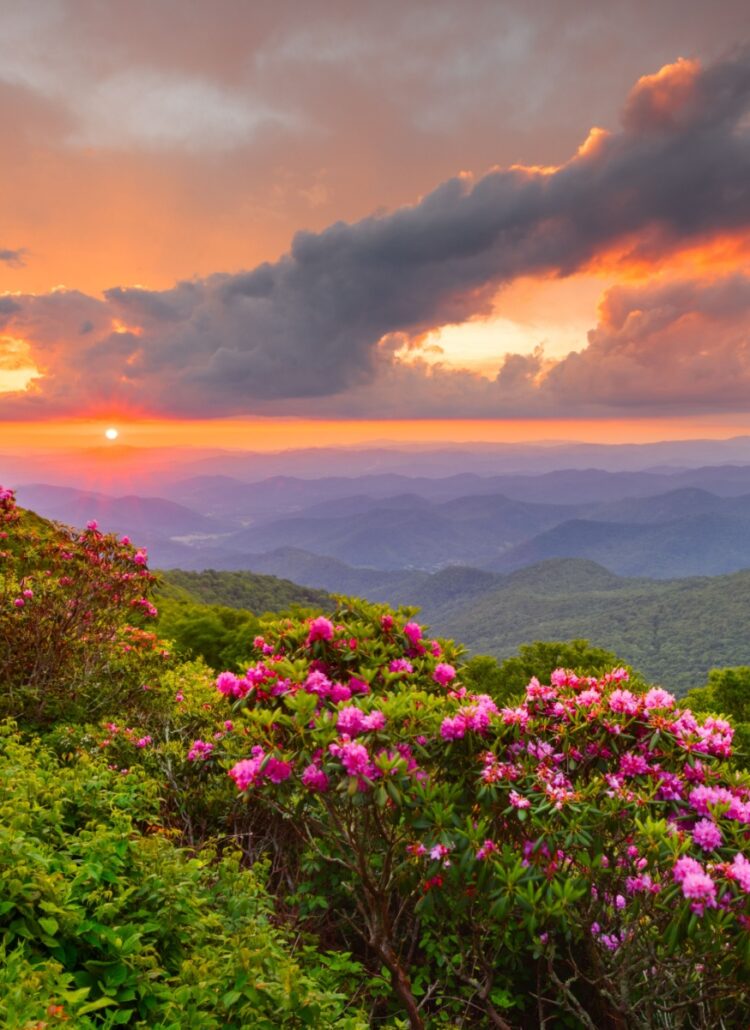
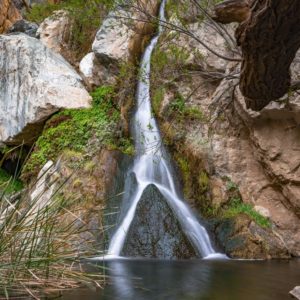

Leave a Reply